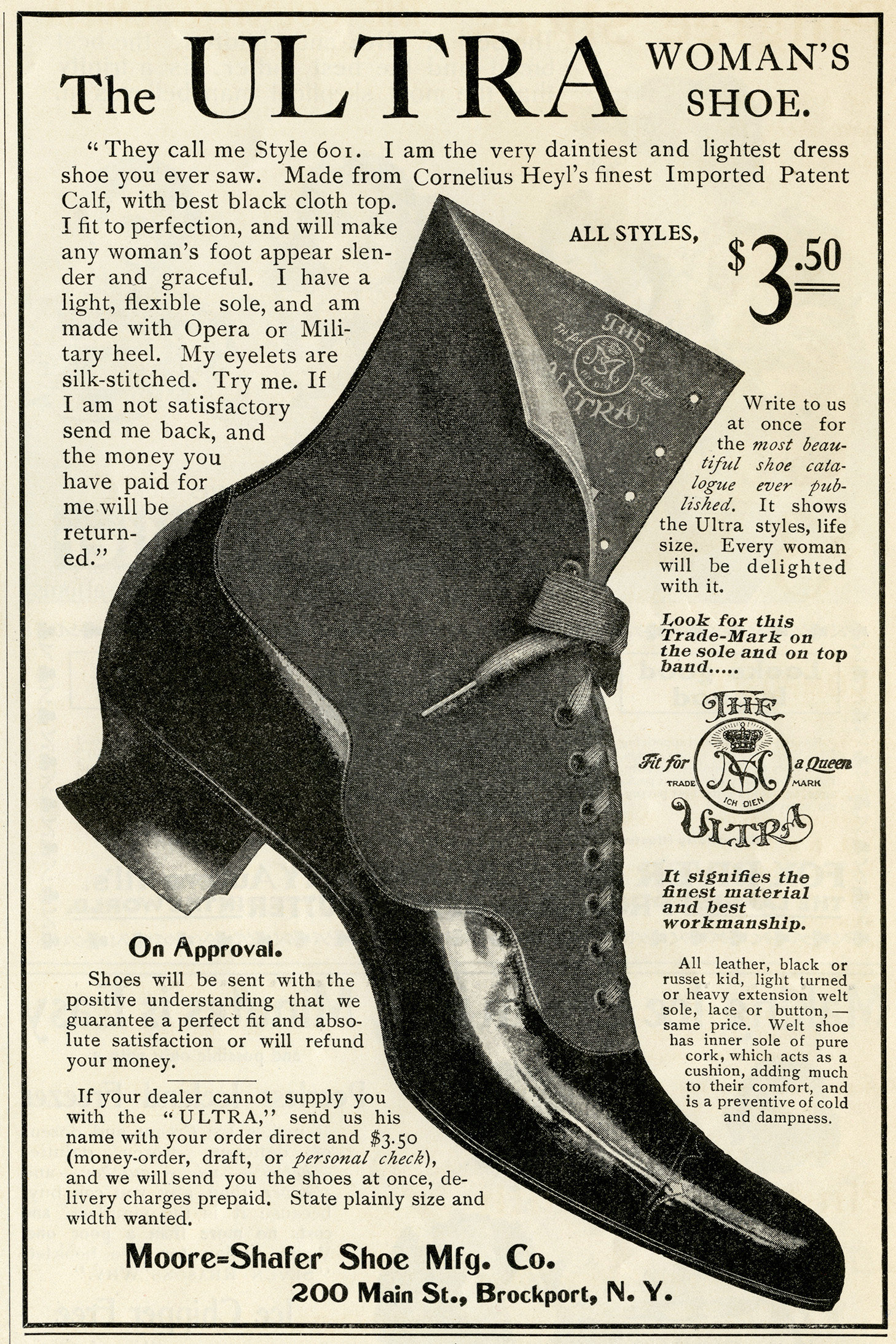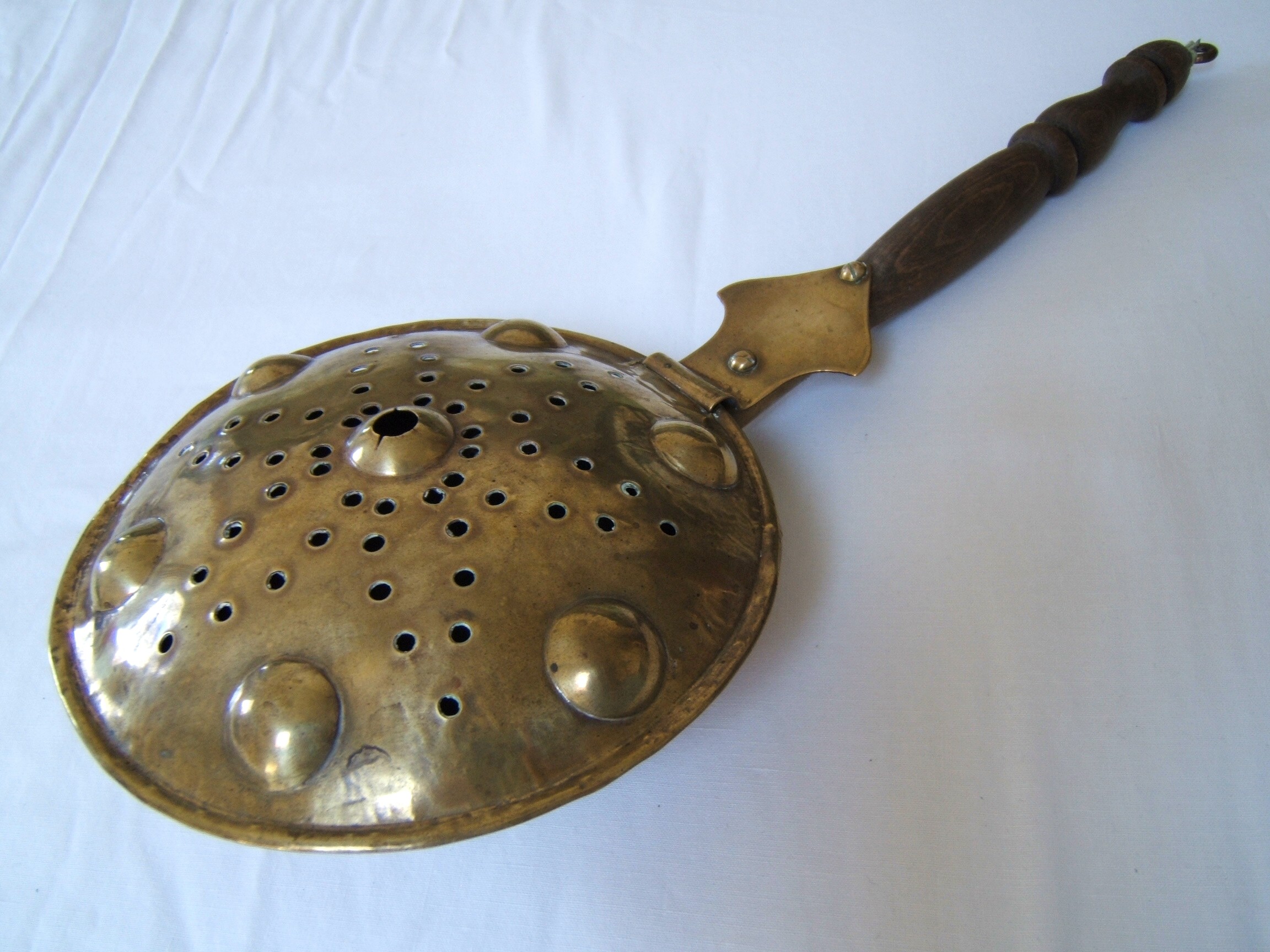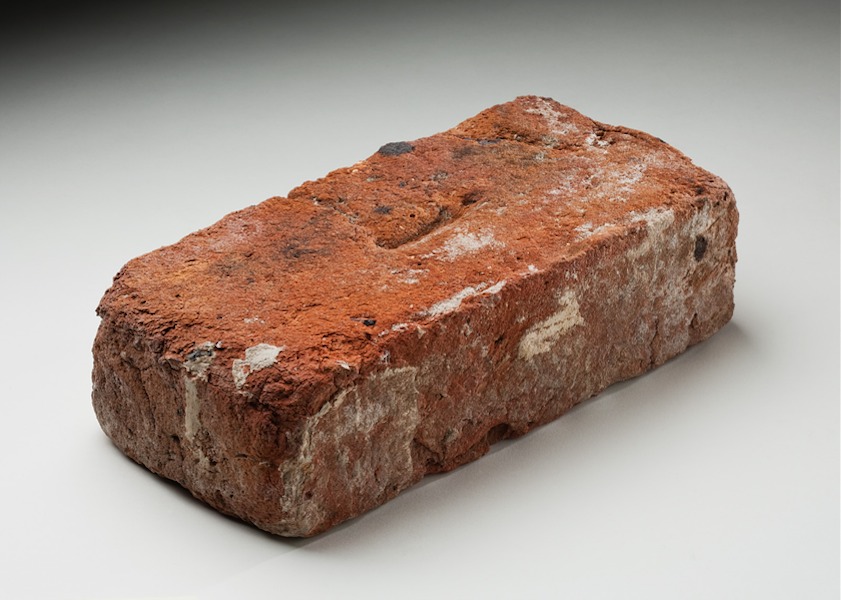Cold Feet
I have cold feet in winter. Really cold feet. Most years I begin wearing two layers of socks sometime in late November and wear them right through until sometime in March. This means that the shoes I wear in summer are too tight in winter, and my winter shoes are too large in summer.
Given what I've seen of Victorian shoes in antique shops, cold feet might have been a problem for Victorian women as well. The shoes and lace up boots I've seen are far too form-fitting and the leather too thin to provide any real insulation from snow and ice. Victorian women didn't stay indoors in winter lounging on fainting couches: someone had to go out to feed the chickens, go to work or shopping, care for family members, visit friends, and do all the things we do today without automobiles and computers.
In looking at a Sears and Roebuck catalog, the Amazon of its day, from the turn of the twentieth century, I found that there were boots called "bluchers" for streetwear during autumn and storm/skating boots for winter which were made from heavier leather and treated in order to make them waterproof. Some of these winter boots had "invisible soles" made from cork which would have provided some insulation.
I've made do with kiltie-style paddock boots which are a pretty good substitute for the bluchers, and if I wear double socks, they're not too bad for Wisconsin winters as long as I don't trudge through deep snow or stay out very long. Still, I suspect that Victorian women who really needed to be outside for long periods in cold weather just threw up their hands and their fashion sense and wore men's boots.
Keeping my feet warm in winter during the day is generally not a serious problem, with the exception of one day in February 2005 when I worked on a sheep shearing crew in below-freezing weather and processed 130 fleeces while standing on a hard-packed dirt floor. It took an alarmingly long time to get the circulation back into my toes that night.
Nighttime is another story altogether for me and my feet. Even with socks on, I have lain awake for hours waiting for my feet to warm up so that I can fall asleep. And my feet can get cold in an instant. I have tried every possible combination of taking off my clothes and getting into a nightgown or pajamas while saving my feet for last. By the time I've taken off my socks and turned down the sheet, it's too late: cold feet.
Thankfully, the Victorians had a brilliant solution for that. Two solutions, in fact: bed warmers and foot warmers.
You may have seen a bed warmer like this one in an antique shop. These have been in use for hundreds of years.
Hot coals were put into the pan, and then the contraption was carried upstairs, smoking away, and shoved between the sheets of the bed. While this would have warmed up the bed, the likelihood of scorched sheets and smoke infused blankets seems all but certain. Since the person carrying the pan would have probably been holding an oil lamp or candle in the other hand, this poses any number of fire hazard concerns.
A brick could be heated on the hearth or placed directly on the wood stove, then wrapped in a flannel and put into the bed. This worked for centuries. It wasn't comfortable, but it was cheap, and it worked. It was certainly safer, though less decorative, than the warming pan.
Americans used a novel, if potentially dangerous, device for heating chilly feet in carriages or in church.
The little metal box was filled with hot coals, just as the bed warming pan was, and then popped into the carriage under a blanket or under the church pew. With long skirts close by, the fire hazard does not even bear thinking about! To say nothing of the mess of dumping the ashes.
Another option was a slab of soapstone with a wire bail to carry it that could be put next to the hearth or on the wood stove in the same way as the old-fashioned brick and then carried to the carriage or bed or wherever it was needed. Effective, but very heavy. I mistook these for portable chopping blocks when I first saw them.
None of these solutions, with the possible exception of the brick, was going to work well in our house.
The late Victorians, however, came up with a simple, elegant, and effective solution: hot water bottles!
Many large wood cook stoves have a hot water tank on one side which heats the water when the stove is burning. If a hot water tank was not available, a teakettle of hot water was always close at hand. By the turn of the twentieth century, many homes in towns and cities had hot water taps fueled by coal or gas. Rather than shoveling hot coals into a pan and trotting it around or lugging around a heavy, hot stone, you could use hot water and have these instead.
Harvest wove the beautiful blanket the hot water bottles are resting on.
To the right of the pitcher of hot water is a stoneware foot warmer from Denby Pottery in England. It has a screw cap on top and a knob on the front which allows it to be carried easily. The stoneware allows the heat to gently penetrate to the surface, and the shape, with its flat bottom, is perfectly designed to rest one's feet on. I've seen one reference to this shape as a "pig," which makes sense if you look at it.
The brass bed warmer on the far right heats up quickly when filled with hot water and slips neatly under the bedsheets. I found it in an antique shop years ago, thought I'd lost it, and was in paroxysms of joy when I found it again. I tried to use it as a foot warmer as well as a bed warmer, but the shape wasn't right for resting my feet on, and it was too hot to be so close to the skin, so I got the foot warmer as well. This has turned out to my advantage as I can warm up the bed with the brass bed warmer while keeping my feet toasty on the pottery foot warmer.












No comments:
Post a Comment